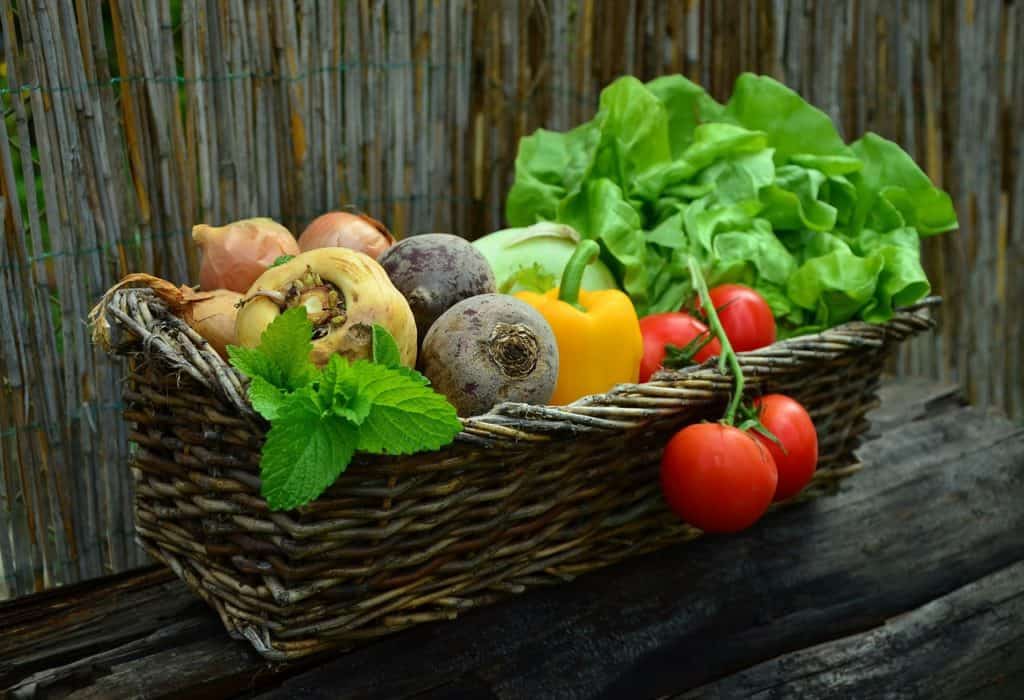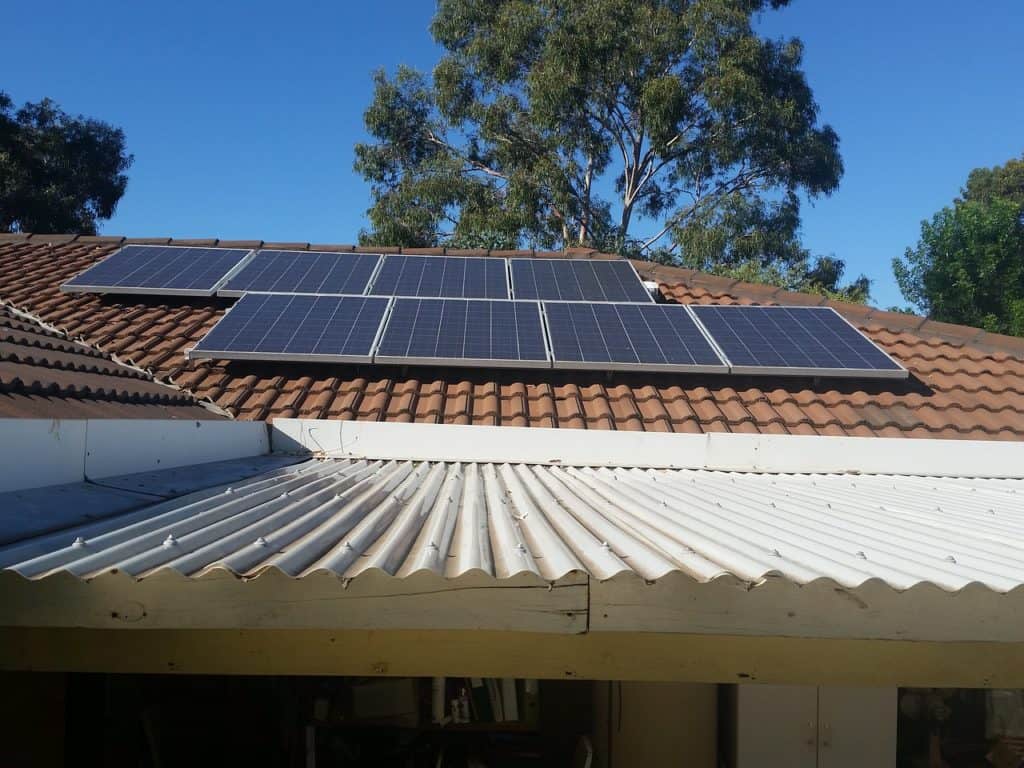Last Updated on September 12, 2020 by
Urban preppers are no longer a myth. Copious amounts of self-reliant folks who live in metropolitan areas are not only prepping, but engaging in survival homesteading. While it may take a lot of effort to learn how to become self-sufficient amid the confines of an urban environment, it can be done.
It the past three years I have been asked to write or speak about urban self-sufficiency approximately 90 percent more than I had in previous years. Kudos to you city folks, we are thrilled to have you join our self-reliant community.
Now, I have to, in good conscience, strongly urge you to relocate to a rural area or at least a small town to fully live a sustainable survival homesteading lifestyle. But, if that is simply not possible right now because of work concerns, health concerns, or family obligations, you can and should make a self-sufficient homestead right where you live. Even if you live in a small apartment or have merely a shoestring budget, you too can be a successful urban homesteader.
Survival Homesteading Basics

Where you live does not alter the basics of survival or self-sufficiency. Food, clothing, shelter, and water must be available at your fingertips. If you are here, you probably already knew that. The physical rigors of urban homesteading – or micro- homesteading as I like to call it, are few when compared to survival homesteaders outside of metropolitan areas.
Step 1 - Taking A Personal Inventory
Instead of breaking a sweat and having an aching back putting in your homestead, you will be mentally taxing your brain as you become a master at manipulating every inch of the small space you have to provide the basic necessities of life.
As a newbie to homesteading, you must resist the urge to go too big too quickly – doing so would be likely cause an epic failure, just like occurs for preppers homesteading with large backyard and large acreage.
Before you buy the first prepping or homesteading item, sit down with pen and paper and do a personal inventory. I know, that sounds like some new age hippy kind of thing to do, but it is essential to the success of your self-sufficiency goals.
You must know, in great detail, exactly how much space you have to work with, how many windows get “good sun,” what building, landlord, or local ordinance restrictions could impact your micro-homesteading goals, and be brutally honest when evaluating your current self-sufficiency skill set.
Knowing what you don’t know is the first step on the road to urban homesteading success. To become self-sufficient, you must possess the skills necessary to garden, set up a water catchment system, operate and connect a solar generator, be able to raise or hunt meat (or both) and know first aid and preferably how to make your own herbal remedies.
If you do not have any skills on all of the categories or only minimal ones – that’s alright. Unless you grew up country or in a family that prioritized self-sufficiency, being adept at all of these things is highly unlikely. Just be honest with yourself about your ability levels so the initial steps in your self-sufficiency plan involve education.
There are many ways that you can learn how to advance your urban survival homesteading skills. You can take a class, engage in online learning, or volunteer for a group or at a business that is related to the skills you want to acquire or hone.
Step 2 - Food Cultivation
How much food you can grow in your apartment or urban home will largely depend upon the space you have available – but not entirely. First of all, you need to begin thinking outside the box when it comes to growing your own groceries.
Maybe you have the outdoor space that allows to put in a few raised gardening beds. If so, good for you – that’s a start. But more often than not, urban homesteaders use a combination or portable or container gardening techniques and vertical gardening both indoors and out to raise fruits, vegetables, medicinal planats, and herbs.
In addition to learning how to grow and raise your own food, you will also need to learn how to preserve the harvest. Learn how to both dehydrate and home can the yield from your growing containers. Creating a pantry of shelf-stable food can see you through a lackluster or failed growing season.
How To Garden On An Urban Homestead

Vertical Planters
These planters can be purchased or made from pallets or various types of sacks. They can be mounted to exterior walls (if allowed by a landlord) or attached to a frame so they do not permanently alter the dwelling. These same types of growing containers can be placed on interior walls in front of a window that gets quality sun and/or a grow light.
Most of the manufactured indoor vertical growing containers are attractive and can be filled with colorful plants, herbs, and veggies to create a lovely green space indoors. Crops that grow well in relatively shallow vertical containers include: lettuce, carrots, onions, garlic, kale, okra, beets, most herbs, and many varieties of medicinal flowers.
Portable Containers
You can use buckets or attractive planters to grow larger plants outdoors on a patio or small exterior green space or indoors with a grow light or in front of a window with quality sunlight. Crops that grow well in 5-gallon containers include: potatoes, tomatoes, green beans, rice, sweet corn (one plant per container) peppers, broccoli, cabbage, and peas.
Community Gardening
If you are incredibly limited on space or simply need to grow a large amount of food for a family – or want to preserve a great deal of food to make it more shelf stable, then joining a community garden might be for you. When you garden in a large space you have the ability to put in crops that require more space to grow and spread, like squash, melons, and plant even more corn. The added bonus of joining a community garden is finding like minded folks to homestead with – sharing tips and perhaps even finding a knowledgeable mentor.
Small Livestock
Whether or not you can keep any animals in your apartment building or urban municipality might be dictated by local ordinances, building rules, or homeowners association guidelines. Make sure to consult these resolutions before getting any type of animal or risk potentially large fines or even eviction.
In some cities is is permissible to raise chickens – but only hens and sometimes only “quiet breeds.” If you cannot keep a rooster, your flock will not be sustainable – but nevertheless should be kept if doing so is your only option for meat and eggs. Keeping rabbits and fish are also sometimes allowed in urban areas.
You must learn how to butcher the animals yourself, to be able to have a sustainable protein source. Both chickens and rabbits are fairly easy to butcher, even for beginners. All you will need for basic butchering of these small animals is a little training, a nice sharp knife, and space to do feather plucking manually.
Milk
Raising a cow or a goat for milk is going to be a huge “no-no” in a city. But, you could enter into a herd share agreement with a farmer outside of the metropolitan area. A hard share entitles you to milk from the animal, but often requires you to help with the milking chore. Unless you want to drink raw milk, and a lot of people do, you will also need to learn how to process the milk and purchase a few basic home pasteurization supplies.
Water
Expecting water to always flow from the tap is not something a prepper would consider wise. You can stockpile water, but that takes up a significant amount of space and does not create a sustainable supply of this basic survival need.Learn how to set up water catchment systems so you can (if legally allowed) set up a rainwater barrels on a patio, balcony, fire escape, or maybe even the roof of your building.
We just went through a 35-day drought on our 56-acre survival homestead. Our creek ran dry for the very first time. If the SHTF these past weeks, we would have still been able to garner water from our pond and via a manual dipper into our well.
In a city, you will not have natural waterway backups on your property. Your best option for a backup plan would be to stockpile enough bottled water to get your through a dry period and scout nearby water fountains or public park ponds to garner water from.
While a threat of a fine for taking water from such a place might not be a major concern during a disaster scenario, the dangers posed by merely going to and from the water feature or waterway, surely should be.
Shelter Infrastructure

Alternative Energy
Purchase solar generators to get power to your urban homestead or place solar panels on the home if you own it and do not have to ask landlord permission. Even during the winter months in nearly all regions of the United States, the solar panels can supply enough energy for necessary home needs.
Storing extra energy created during the summer months in battery packs can help see you through the winter.Learning to live without air conditioning is a massive change for some urban homesteaders. To run a central air unit or air conditioner will require a large and more expensive solar generator than the average model needed to power basic home needs.
Invest in manual kitchen and general household tools to reduce your reliance on the solar generator.
Waste Management
Purchasing a composting commode will allow you to go off the grid as much as possible in a city and dispose of your waste. Lesser expensive models of composting commodes will require manual dumping, but larger models can be tied into a pipe system that separates solids from liquids so they can be turned into compost.
The only major obstacles to self-sufficiency you will face are space and laws. Living in an urban environment should not deter you from homesteading and living a self-sufficient life. You will just have to scale your goals to meet your space limitations and rules that govern farming activities to avoid running afoul of the law.
Final Thoughts
For the greatest chances of success, start small and build toward you dream of self-sufficiency instead of trying to accomplish all of your goals in one fell swoop. Focus on skill building so your knowledge can keep up with self-reliance dreams.
